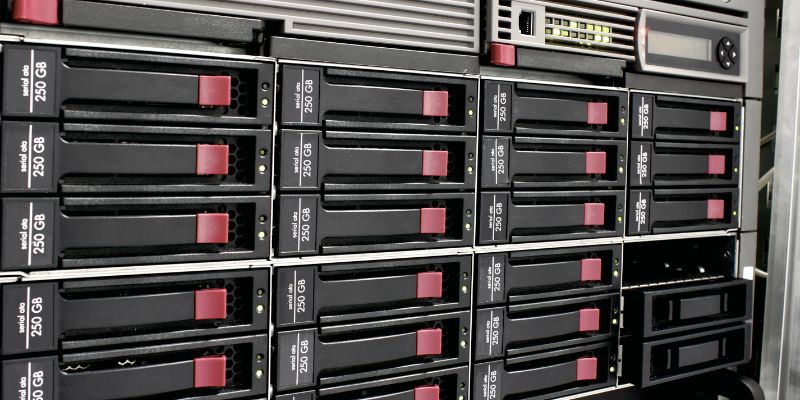Cisco keeps developing to offer telecom networks scalable and effective solutions. Given the rising demand for broadband, optical line terminals (OLT) have become essential for fiber networks. Cisco has developed a new pluggable optical line terminal module to satisfy the demand and redefine the usage of OLT chassis.
This development made greater scalability and flexibility possible, breaking conventional OLT chassis down into more modular, small pieces that help operators simplify processes. This article will discuss Cisco's pluggable OLT, together with its advantages and effects on network infrastructure and workings.

Passive Optical Networks (PON) depend on an optical line terminal (OLT). It converts electrical signals into optical for fiber transmission, linking service providers to end customers. OLTs have long been big, heavy chassis with many components. Usually situated in data centers or telecom facilities, its scope can make management and upkeep difficult.
As networks grew, more modular and effective methods became necessary. Considering these difficulties, Cisco has moved significantly toward introducing a pluggable OLT module to transform OLT infrastructure.
Designed to alleviate the restrictions of conventional OLT chassis, Cisco's pluggable OLT is a novel approach. Small plug-inable, this module can be readily included in the current infrastructure. By removing the requirement for a big chassis, Cisco's pluggable optical line terminal module lets operators deploy OLTs more scalably.
Key Features Of Cisco's Pluggable OLT:
Using these pluggable modules allows service providers to quickly and effectively install fiber networks, therefore facilitating the scaling of services as client demand rises.
Though in a far smaller form, the pluggable OLT operates much like conventional OLT systems. Passive optical networking ties the fiber network to several end users. Cisco's scalable fiber network solution is significantly more flexible than conventional OLTs, which need a whole chassis to operate, as it can be placed into a network switch or another compatible device.
Here's how Cisco's pluggable OLT operates:
Cisco's new method lowers the physical area needed for telecom facilities and running expenses by eliminating large equipment requirements.

Cisco's pluggable optical line terminal module has multiple advantages that help distinguish it from conventional OLT systems. These benefits make it an interesting option for telecom companies looking for quick, scalable, and reasonably priced solutions.
Cisco's creativity represents a major change in how telecom companies handle fiber network installations. Moving away from conventional, heavy OLT chassis allows operators to embrace a more flexible and reasonably priced approach. This shift is very helpful as the demand for fiber connectivity and fast internet keeps rising.
Modular, pluggable technologies like Cisco's OLT will probably be increasingly incorporated into fiber networks going forward. Along with lower running expenses, this change allows scalability and speedier implementation. The need for such flexible infrastructure becomes even more important as 5G and IoT networks grow.
The flexible, pluggable optical line terminal module from Cisco may meet the requirements of several sectors and situations. For service companies trying to grow their networks without making costly, compact OLT for telecom infrastructure investments, its small and scalable design appeals. Cisco's pluggable OLT can have a major influence on the following main use cases:
These use cases underline the adaptability and significance of Cisco's invention in changing the construction and management of fiber networks.
For telecom companies, Cisco's pluggable optical line terminal module marks a revolution. Cisco lets operators create and deploy fiber networks more efficiently by separating classic OLT chassis into more flexible and modular parts. Crucially important in telecom, this invention solves fundamental problems, including scalability, space constraints, and operational expenses. Cisco's pluggable OLT will likely become a necessary instrument for network operators as the demand for fast internet keeps growing.

By Mark Allen/Feb 12, 2024

By Triston Martin/Apr 08, 2024

By Frederica/Apr 01, 2024

By Frederica/Oct 29, 2024

By Eleanor/Jan 06, 2025

By Peter Evans/Apr 06, 2024

By Noah Jones/Nov 13, 2024

By Frederica/Feb 10, 2025

By Triston Martin/Apr 08, 2024

By Eleanor/May 12, 2024

By Vicky Louisa/May 22, 2025

By Elva Flynn/May 13, 2025